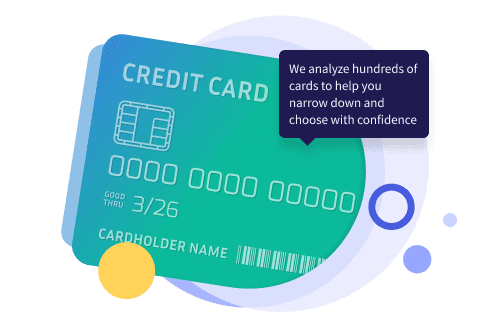The standard APR kicks in once the 0% introductory period ends. If you haven't paid off what you owe by then, you'll start getting charged interest on the remaining amount. This would lead to higher monthly payments or a longer period to pay off your debt.
You can find your standard APR in the card agreement sent to you. You can also call your card issuer to ask for it. Make sure to pay off as much as you can before the interest-free period ends. If you can clear all your debt before then, you won’t need to worry about any unexpected expenses derailing your budget and payment plan.













